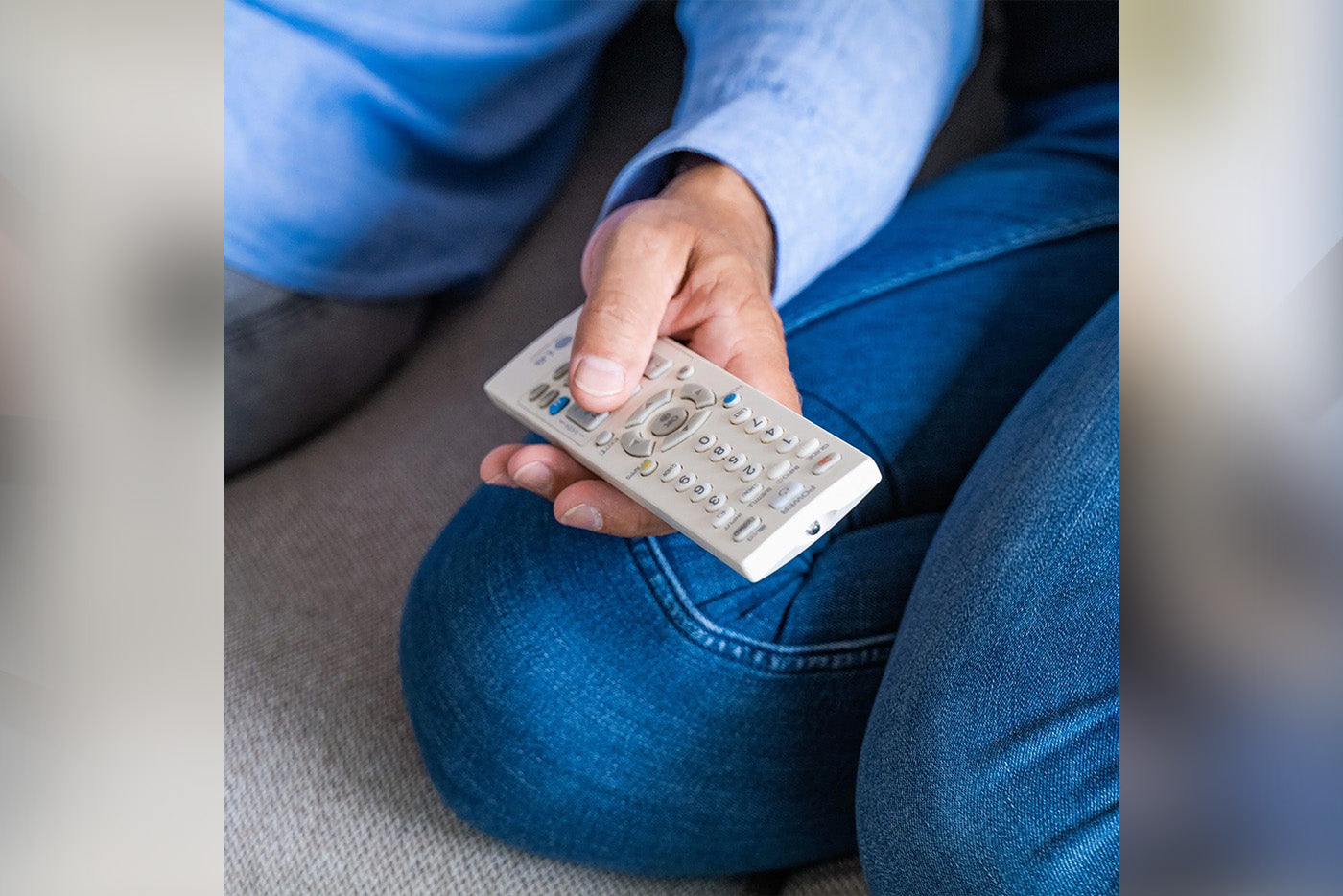You know it when you watch old films: Often the actors seem to speak much more clearly, the music and sounds are much better separated, so that the dialogues always stand out clearly from the background music. There are actually a few reasons for this impression, audio in films back then was different than it is today:
sound technology
Firstly, there is the sound technology: older films used a simpler sound recording technology than the advanced audio systems available today. Recorded in mono, i.e. on only one track, it is much more accurate for the sound engineer in the film sound mix to estimate how other playback devices that are unknown to him will reproduce his film mix. If this one mono sound track is mixed in such a way that the speech is clear and understandable at all times, there is a high probability that the speech will also be reproduced accordingly on other mono playback devices, such as televisions or TV external speakers.
sound mixing
Another factor is sound mixing: modern films use complex sound mixing techniques in post-production, often adding layers of sound effects, music and ambient noise. While these elements enhance the overall cinematic experience, they can sometimes make dialogue less intelligible if not properly balanced. The latest sound technologies for cinema films put the sound on up to 64 tracks, of which the speech track is usually only on one, that of the center channel in the middle of the screen at ear level. This ratio of 1 to up to 63 can result in speech (1) being overlaid by music and noise (up to 63), making it unintelligible.
listening situation
In addition, the listening situation in the cinema is different from that in the living room at home: movies use the tonal possibilities of a cinema hall with up to 64 soundtracks. A large number of powerful loudspeakers are installed here, which place the sound both around the cinema-goers and above their heads. In the living room at home, on the other hand, with normal equipment, there are either two loudspeakers available, namely those of the television or those of a soundbar.
These speakers are much smaller and less powerful than cinema speakers and, what's more, the up to 64 channels from the cinema have to be combined in a so-called downmix to a minimum of two channels. This downmix can amplify any overlapping of music and noise over the speech.
In addition, people perceive volume differences much more clearly when listening at room volume or at a lower volume than in a comparatively loud cinema. For example, the dialogue in modern films is often perceived as too quiet at home. In the cinema, on the other hand, we enjoy it when there are comparatively loud explosions in action scenes compared to the quieter dialogue.
recording technology
Last but not least, recording technology was also different back then than it is today: many early films used microphones that were less sensitive and had a shorter range, which led to actors projecting their voices more and speaking with clearer diction to ensure their dialogue was captured effectively. This may have resulted in a more distinct and articulate delivery.
Older films therefore often featured actors who had been trained as stage actors, and in large theatres it was crucial to highlight their voices and deliver the text clearly to reach the audience. Modern films can incorporate more naturalistic acting styles, which can sometimes result in more subdued and less pronounced dialogue.
So how can TV and streaming sound be improved for movies?
The solution to the problem of dialogues that are too quiet and sometimes incomprehensible in TV and streaming content lies in translating the soundtracks intended for the cinema to the capabilities of a normal, average audio system in your own home. The sound reproduction must generally be adapted to the more limited capabilities of the home speakers so that they are not overwhelmed and can reproduce all sound information in a balanced manner. In addition, the dialogues must be emphasized again after the downmix in order to compensate for the imbalance of the many music and noise tracks to the one speech track so that it is understandable at all times.
The solution: The HDSX TV Sound Optimizer
The HDSX TV Sound Optimizer from Kronoton does exactly that: Using the patented HDSX technology - High Definition Sound Expansion, the palm-sized device compensates for excessive volume fluctuations in real time and at the same time positions the speech in front of the scenery of music and noise. Simply plugged between the television and an external TV sound system such as a soundbar, it optimizes any sound track that is used in real time. It does not matter whether it is a mono, stereo or digital multi-channel track. Since all sound coming from the television is optimized, the optimizer is also source-independent. It optimizes the television program as well as streaming and internet channels such as YouTube, Netflix, Apple TV, Amazon Prime, Disney Plus, Paramount+, Sky, to name just a few. Due to its small size and weight, it can also be attached behind the television so that the living room does not have to be filled with another technical device. The sound result is even volume and clear speech on all channels.
The Toslink version of the HDSX TV Sound Optimizer with the digital fiber optic cable also has a headphone output with the innovative HDSX.headphone Surround Sound technology, which makes the action sound much clearer and more spatial, for example when gaming. The HDMI ARC version of the HDSX TV Sound Optimizer has HDSX.360, a new virtual 3D sound technology that expands the sound stage of the music to the left and right, positions the sounds freely in the room and allows the speech to come clearly and intelligibly from the center of the sound at all times. This means that the dramatic sound experience is also intensified by sound systems that emit sound exclusively from the front, such as soundbars.
The video provides a brief summary of the text:





Leave a comment
All comments are moderated before being published.
This site is protected by hCaptcha and the hCaptcha Privacy Policy and Terms of Service apply.